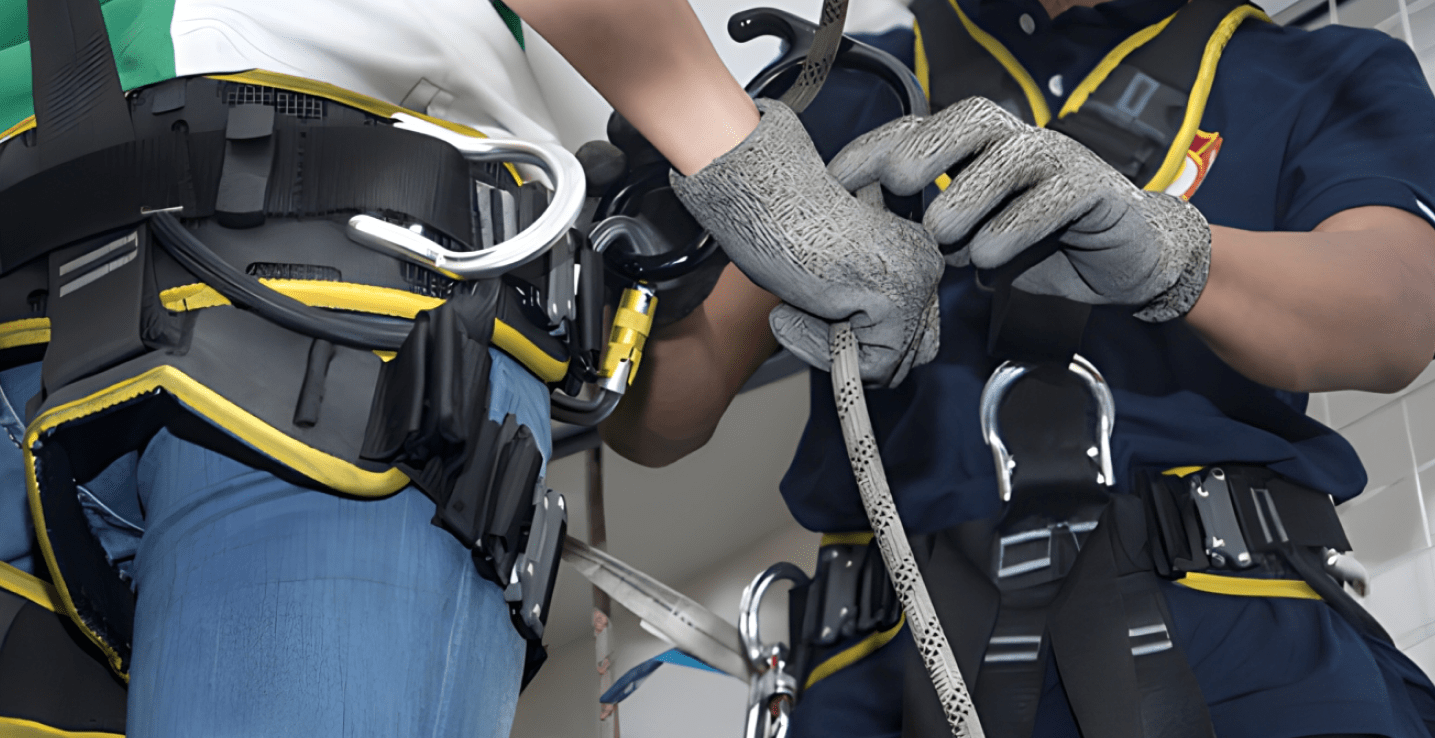
When working on a construction project in Ontario, understanding the legal obligations of constructors, contractors, and employers is essential. From filing a Notice of Project to verifying worker certifications, compliance with the Occupational Health and Safety Act (OHSA) and Construction Projects Regulation (O. Reg. 213/91) is key to creating a safe and lawful work environment.
This article outlines the responsibilities tied to various roles on site, answers frequently asked questions, and highlights both required and recommended practices to support safety and compliance throughout every stage of a project.
Legal Foundations of Safety Obligations
Ontario’s Occupational Health and Safety Act (OHSA) and Construction Projects Regulation (O. Reg. 213/91) outline specific legal responsibilities for constructors, employers, and contractors.
Section 23: Duty of Constructor
As outlined in the Green Book.
“A constructor shall ensure that… every employer and every worker performing work on the project complies with this Act and the regulations; and the health and safety of workers on the project is protected.”
This includes ensuring that Working at Heights training is completed in accordance with O. Reg. 213/91, s. 26.2 (1.1), when fall hazards exist.
Key Roles and Definitions
Understanding the following terms is essential to interpreting responsibilities on a construction project:
- Constructor: The entity with overall control and responsibility for health and safety on the project.
- Owner: Any party responsible for the workplace, including tenants, trustees, or agents.
- Employer: Any party employing or contracting workers, including contractors and subcontractors.
Responsibilities vary depending on the role. The FAQ below addresses common questions specific to constructors and contractors.
Frequently Asked Questions (FAQs)

1. When is a Notice of Project Required?
A Notice of Project is required under O. Reg. 213/91 when:
- Labour/material costs exceed $50,000 (or $250,000 for automotive factories).
- The project includes specific types of work (e.g., buildings over two storeys, bridges, tunnels, etc.).
Even in cases where a Notice of Project is not required, contractor obligations remain in effect.
2. Who Completes Form 1000s?
Form 1000 must be completed by the contractor. The constructor is responsible for ensuring that completed forms are collected and accessible on-site.
3. Does Construction Regulation 213 Apply to Small Projects?
Yes. If the work meets the OHSA definition of “construction,” O. Reg. 213/91 applies—regardless of project size or whether a Notice of Project is filed. Even an $8,000 roofing project qualifies.
4. Are Daily Inspections Required?
Weekly inspections are required by law (O. Reg. 213/91, s. 14(4)), but daily inspections are strongly recommended. Responsibility for inspections may lie with the supervisor, contractor, or constructor, depending on site conditions.
5. What if the Site Supervisor is Absent?
If five or more workers are present, a supervisor or competent person must be designated. Clearly defining authority is essential to ensuring compliance and minimizing resistance.
6. Are Designated Smoking Areas Required?
Not mandated by law, but considered a best practice. Designated smoking areas help mitigate fire risks and prevent damage to materials. Limiting hazard exposure, even when unpopular, supports overall site safety.
7. Where Should the Posting Board Be Placed?
If no trailer is available, the posting board must still be clearly displayed per O. Reg. 213/91, s. 13. Acceptable locations include garages, sea-cans, utility trailers, or portable boards on enclosed floors. Safety information must be readily accessible to workers.
8. Should All Workers’ Certifications Be Verified?
Yes. Constructors must ensure that all workers on site are in compliance. Employers should be prepared to provide proof of certification to inspectors. Verification is a critical component of meeting legal obligations.
9. Is PPE Required While Roofing?
Yes, with context.
While regulations mandate PPE beginning at Section 21, Section 3 allows for alternative methods offering equal or greater protection—provided that written notice is given to joint health and safety committees or representatives.
In practice, inspectors may occasionally tolerate informal exceptions (e.g., hard hats at ladders). However, unless documented, such exceptions are not recognized. All safety measures, including fall protection during initial anchor installation, must be defensible in the event of an incident.
Conclusion
Whether acting as a contractor, supervisor, or site lead, it is essential to fully understand legal obligations under Ontario’s health and safety regulations. Best practices often exceed minimum legal standards but offer greater protection for workers and mitigate business risks.
When in doubt, consult the OHSA, refer to the Green Book, or contact a qualified safety consultant such as IST. Compliance is not only a legal requirement—it is a shared responsibility that ensures everyone returns home safely.